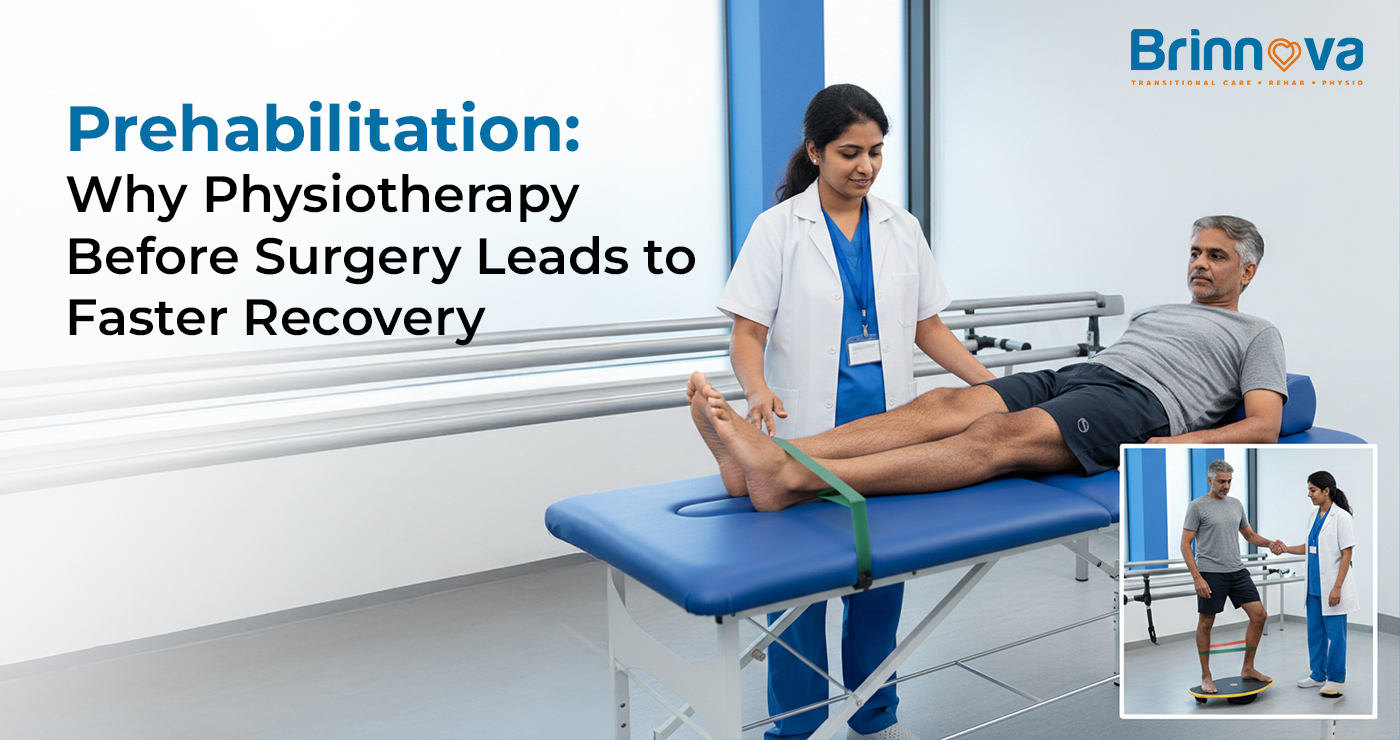Top 10 Physiotherapy Exercises for Effective Pain Relief at Home
Physiotherapy exercises function extremely well as pain treatment for numerous conditions with musculoskeletal origins. Physiotherapy exercises function as an effective method for people who experience neck or back pain, together with joint discomfort, to reduce their symptoms and improve their movement capabilities. The best physiotherapy exercises to ease pain include spinal, neck, and shoulder exercises, which will receive comprehensive guidance for home performance alongside safety instructions. To get the best outcome, you should always seek evaluation by the best physiotherapy clinic in Hyderabad.
What Are Physiotherapy Exercises?
Physical exercise techniques developed by physiotherapists help patients eliminate discomfort and build better flexibility and recovery. The therapy system provides solutions for different medical concerns while showing outstanding value when you need to control enduring pain or recover after injuries or require a better range of motion.
Why Is It Important to Do Physiotherapy Exercises at Home?
Professionals do not need to intervene constantly because performing home physiotherapy exercises gives you the ability to control your pain while maintaining your activity level. The correct practice of home exercises decreases your dependency on medication and protects you against additional injury. The practice of home-based physiotherapy exercises leads to muscle strength development along with flexibility enhancement, hence sustaining prevention from additional pain or injuries.
1. Spinal Physiotherapy Exercises for Back Pain Relief
The condition known as spinal pain, particularly affecting the lower back, is a widely prevalent problem that responds well to focused exercises. The relief of discomfort through spinal physiotherapy exercises includes these specific approaches:
- Pelvic Tilts: Perform pelvic tilts by setting your back on the floor while keeping your knees bent with your feet resting flat. Perform pelvic tilts by contracting your abdominal muscles while pushing your lower back against the surface while raising your pelvis.
2. Physiotherapy Exercises for Neck Pain
The neck suffers from frequent pain because stress, together with muscle strain and poor posture, are common causes.
- Chin Tucks: When sitting upright, you should move your chin toward your chest for a safe tuck motion. Execute this position for 5 seconds while you perform each exercise 10 to 15 times.
3. Physiotherapy Exercises for Shoulder Pain
Careless posture, together with unbalanced shoulder muscles, leads to shoulder pain. The performance of specific physiotherapy exercises enables patients to recover their motion abilities and decrease their pain symptoms.
- Pendulum Swing: Perform Pendulum Swing by moving forward while your arm extends below your body, and create gentle circular motions using your arm.
4. Hamstring stretch functions as an effective means to alleviate pain in the legs.
A restricted hamstring condition causes both lower back distress and pain throughout your legs. This exercise serves as a beneficial approach for pain relief:
- Standing Hamstring Stretch: Start by standing with feet aligned at hip distance and raise the forward leg while keeping it fully stretched. Keep your stretch below your toes for 20 seconds.
5. Quadriceps Strengthening for Knee Pain
Weak quadriceps are the main cause of knee pain. Strength exercises for these muscles support pain reduction and increased stability.
- Straight Leg Raises: From a lying position, rest your back while keeping one leg bent, while extending the other leg straight out. Raise the straight leg until it touches the height of the bent knee, then maintain the position for a few seconds before returning it to the starting position.
6. Calf Raises for Foot and Ankle Pain
Weak calf muscles typically lead to foot and ankle pain. An exercise for strengthening your calf muscles exists to build foot stability as well.
- Standing Calf Raises: To perform standing calf raises, position your feet at a distance equal to your hips. Perform a rising movement onto your toes while keeping the position for a second before lowering yourself down.
7. Glute bridges serve as a valuable exercise to treat hip pain.
When the glute muscles are weak, the person usually experiences hip pain. The glute-strengthening exercises work to reduce pain along with enhancing mobility range.
- Glute Bridge: For the Glute Bridge, start by lying down flat with bent knees and feet resting on the ground. You should contract your glute muscles and lift your body vertically until your body creates a straight line that links your knees to your shoulders.
8. Hip Flexor Stretch for Lower Back Pain
Unrelaxed hip muscles generate lower back pain as a result. Extend the hip flexors through appropriate stretching exercises to obtain significant relief from your discomfort.
- Lunge Stretch: Do the lunge stretch by moving forward into a lunge stance and extending your hips forward. Maintain the stretch position for 20 to 30 seconds before moving to the opposite leg.
9. Side-Lying Leg Lifts for Hip and Knee Pain
The exercise works the hip abductors as it strengthens knee stability.
- Lunge Stretch: Start by placing yourself on your side while bending your lower leg for stabilisation purposes. Raise your top leg to reach the ceiling and maintain this position for a couple of seconds until you return it to the starting position.
10. Wrist Flexor Stretch for Hand and Wrist Pain
The following exercise treats wrist pain commonly produced from overuse and ergonomic issues in people who experience this condition.
- Wrist Flexor Stretch: Extend your arm in front of you, palm facing up, and gently pull back on your fingers with your other hand. Hold for 20 seconds, and repeat 3 times.
Brinnova: The Best Rehab Clinic in Hyderabad
Incorporating physiotherapy exercises into your daily routine can be a game-changer when it comes to reducing pain and enhancing mobility. Whether you are tackling spinal discomfort, neck pain, or shoulder issues, these exercises are an effective way to manage symptoms from the comfort of your home. At Brinnova Care, the Best Physiotherapy Clinic in Hyderabad, we offer expert advice and personalised treatment plans tailored to your specific needs.




